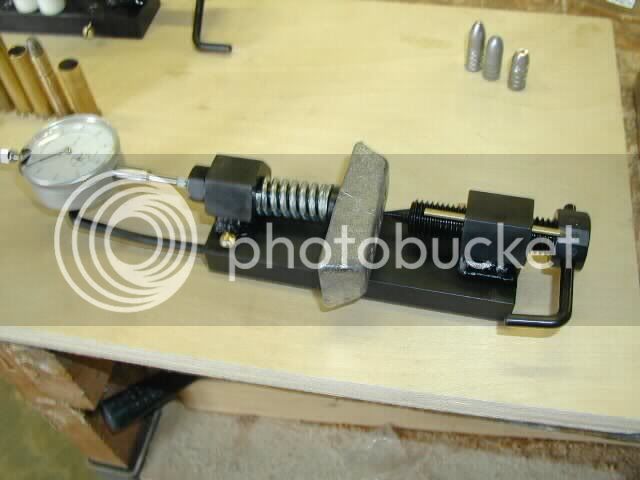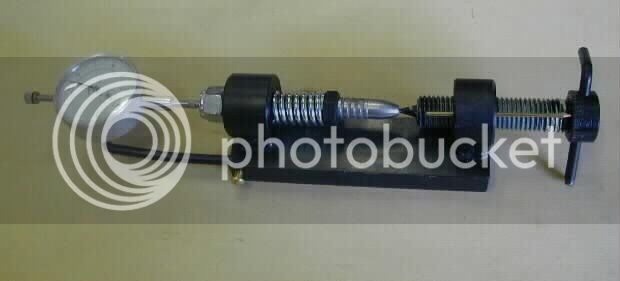so, i wanted to see just how pure my free lead is.
i bought a Lee hardness tester, but i'm not impressed.
this tester is mounted in a C/F cartridge loading press. it makes an indent in the lead, and you read the diameter of the indent with the included 'scope. a chart then tells you what hardness the lead is on the BHN scale. the problem is that the chart ends at an indent of .079"; BHN of 8.0. pure lead has a BHN of 5. the 'scope reads to .10". i've got ingots that i have poured that show an indent of .097 (highest), and .088 (lowest).
i contacted Lee and they replied that the hardness tester was not designed to test pure lead. the 'scope reads to .10, but the chart ends at .079. :idunno:
do you think there is a way to figure out the BHNs beyond the data that Lee provides?
thanks;
Daren........
i bought a Lee hardness tester, but i'm not impressed.
this tester is mounted in a C/F cartridge loading press. it makes an indent in the lead, and you read the diameter of the indent with the included 'scope. a chart then tells you what hardness the lead is on the BHN scale. the problem is that the chart ends at an indent of .079"; BHN of 8.0. pure lead has a BHN of 5. the 'scope reads to .10". i've got ingots that i have poured that show an indent of .097 (highest), and .088 (lowest).
i contacted Lee and they replied that the hardness tester was not designed to test pure lead. the 'scope reads to .10, but the chart ends at .079. :idunno:
do you think there is a way to figure out the BHNs beyond the data that Lee provides?
thanks;
Daren........






